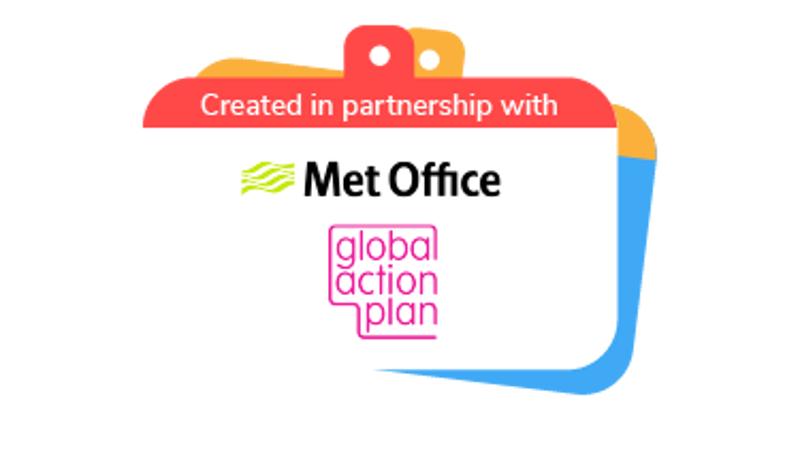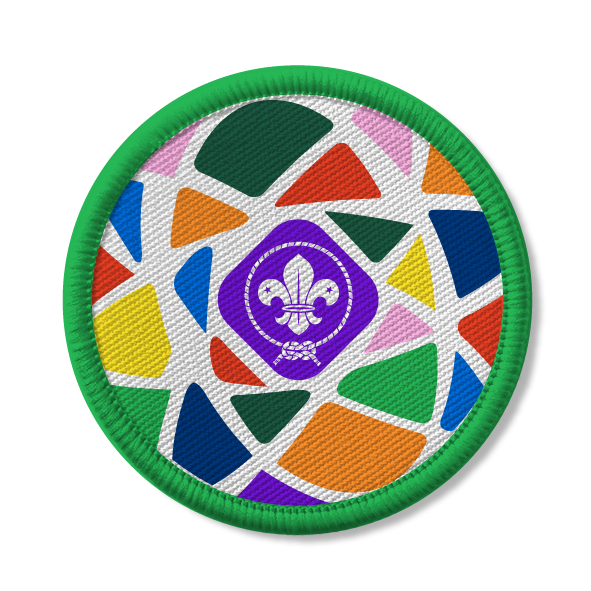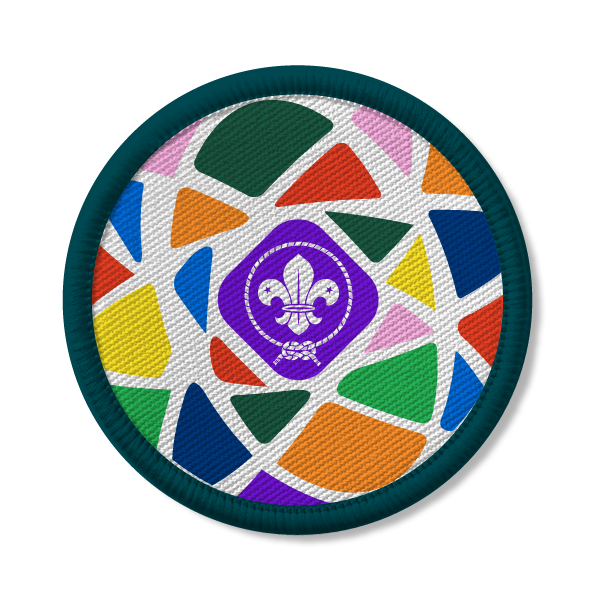
Run the risk
You’ll need
- Chalk
- Stopwatch or phone
- Scrap paper
- Pens or pencils
Before you begin
- Use the safety checklist to help you plan and risk assess your activity. There's also more guidance to help you carry out your risk assessment, including examples. Don’t forget to make sure all young people and adults involved in the activity know how to take part safely.
The focus of this activity is air pollution. This is the release of harmful chemical and substances into the air we breathe, both indoors and outdoors.
Air pollution affects us all. The particles and gases that make up this pollution enter our bodies, and can be damaging to our physical and mental development.
By breathing in the pollutants, they can have impact our lungs, and enter our blood stream, damaging our heart or brain. The more of these pollutants we breathe, the higher the risk of harm and the bigger impact it can have on our health.
There are many causes of air pollution.
Outdoor air pollution's caused by:
- vehicles (cars, vans, planes, trains, boats and so on)
- factories
- farming
- burning fuel (bonfires, wood burners, barbecues and so on)
Indoor air pollution is caused by:
- cooking
- chemicals in cleaning or personal care products
- dust
- mould
Outdoor air quality in the UK has improved significantly during the past 40 years. But there is no safe level of air pollution, and there is still more we could do.
All children
Reduce exposure to air pollution
- Open windows to let the fresh air in – especially when your family is cooking or cleaning.
- Discover quieter routes to school and other places you travel to; avoiding busy roads where possible. Walk on the pavement that’s furthest from the road, especially if you're on a busy road.
Reduce our contribution to air pollution
- Ask parents/carers to get fragrance-free milder cleaning and personal care products.
- Try to avoid non-essential deliveries or chose the low emission delivery option when shopping online.
- Ask parents/carers if you can walk, cycle, scoot, wheel or take public transport whenever you can instead of driving in a car.
- Don’t idle – ask adults to turn off their engines when the car isn’t moving, and especially around schools.
- Raise awareness about air pollution and what needs to be done to improve it at your school (e.g. via school councils) and in your community. Call on government, businesses and other decision makers to help make the changes you want to see, for a cleaner air future!
Children with health conditions
- Ask parents/carers not to burn things indoors e.g. candles and log burners.
- Ask people not to smoke in your home, or near you.
- Open windows to let the fresh air in – especially when your family is cooking or cleaning.
- Ask parents/carers to get fragrance-free milder cleaning and personal care products.
- Discover quieter routes to school and other places you travel to; avoiding busy roads where possible.
- Talk to your doctor or nurse about how air pollution impacts your health condition. Ask for more information about what you and your family can do.
- Ask an adult to help you sign up to air pollution alerts and follow the guidance that it gives you
- Ask an adult to help you find out more information about your health condition and air pollution (e.g. Asthma Lung UK website)
- Sign up to an air quality alert to know when air pollution levels are particularly high so that you can avoid it.
Play the game
- Gather everyone in a circle and ask everyone if they know what causes pollution. Choose a few people to share their answers then tell everyone that pollution is made up of particles and gases in the air, which we often can't see, but are very harmful to our health. They can cause serious illness because they can reach every organ in our bodies when we breathe them in – especially our brains, hearts and lungs. There are many causes of air pollution.
Outdoor air pollution is caused by things like: vehicles (cars, vans, planes, trains, boats...), factories, farming and burning fuel (e.g. wood burners, barbecues). Indoor air pollution is caused by things like: cooking, chemicals in cleaning or personal care products, dust and mould.
- Tell everyone that they’ll be playing a simple game that’ll help them to understand the impact of air pollution on our ability to breathe. It can be played indoors or outdoors.
- First, use chalk to draw a 2m-by-2m square on the ground. In the game this represents the lungs.
- Ask the young people to space themselves around the square and stand still. They need a gap between them, so everyone’s about 1 or 2 arm lengths apart, depending on the size of the group.
- Select one young person to be an ‘oxygen molecule’ and a group of about 5 young people to be ‘particulates’. The ‘oxygen molecule’ and ‘particulates’ should stand to one side, outside the square. Everyone stood around the square will be the lungs.
- Explain that particulates are tiny particles of solid or liquid matter suspended in the air, such as dust, soot, smoke, chemicals and dirt. Together, these particulates build up to cause air pollution. Some particles are big or dark enough for people to see, such as smoke, but others are so small that you can’t see them. Breathing in the particles can harm your health, as the particles can get into your body through your lungs and travel around your body through your bloodstream.
- The ‘oxygen molecule’ should start to run slowly and carefully around the young people stood around the square, the ‘lungs’. They should be weaving in and out to pass through the 'lungs' and then stop when they get back to the person they started at. Time how long it takes and write it down.
- Next, ask the ‘oxygen molecule’ to do it again, but this time they must take a ‘particulate’ with them – they could link arms or hold hands.
To represent the harm caused to the body by these pollutants, ask the particulates to do something annoying. They could try to slow down the oxygen by pulling against them with gentle force or blocking their path.
- The ‘oxygen molecule’ should keep repeating this, taking another ‘particulate’ with them and each time leaving them in the lungs. When they try to pass through the lungs, they will find it becomes increasingly difficult as the inside of the lungs get more polluted. This shows how much harder it is for oxygen to move around the body when the lungs are breathing in polluted air.
These resources were produced by Scouts and Global Action Plan as part of the Clean Air Programme, which is supported through the UK Research and Innovation Strategic Priorities Fund (SPF) and delivered by the Met Office and other partners.
Reflection
This activity shows us what the particulates in air pollution do to our lungs but it can also affect other parts of our bodies.
Exposure to air pollution can affect your brain and therefor your ability to learn and your mental health, it can also effect your heart and cause future heart problems.
What actions could you take to avoid breathing air pollution? How could we affect bigger change?
Safety
All activities must be safely managed. You must complete a thorough risk assessment and take appropriate steps to reduce risk. Use the safety checklist to help you plan and risk assess your activity. Always get approval for the activity, and have suitable supervision and an InTouch process.
- Outdoor activities
You must have permission to use the location. Always check the weather forecast, and inform parents and carers of any change in venue.
- Active games
The game area should be free of hazards. Explain the rules of the game clearly and have a clear way to communicate that the game must stop when needed. Take a look at our guidance on running active games safely.
You could make the lungs bigger or smaller, or add more or less young people to make the ‘oxygen’s’ journey more or less difficult.
If someone isn’t comfortable in holding hands with someone else, give them the opportunity to hold a piece of material, such as a Necker or piece of rope, with the other person to connect them together.
All Scout activities should be inclusive and accessible.

